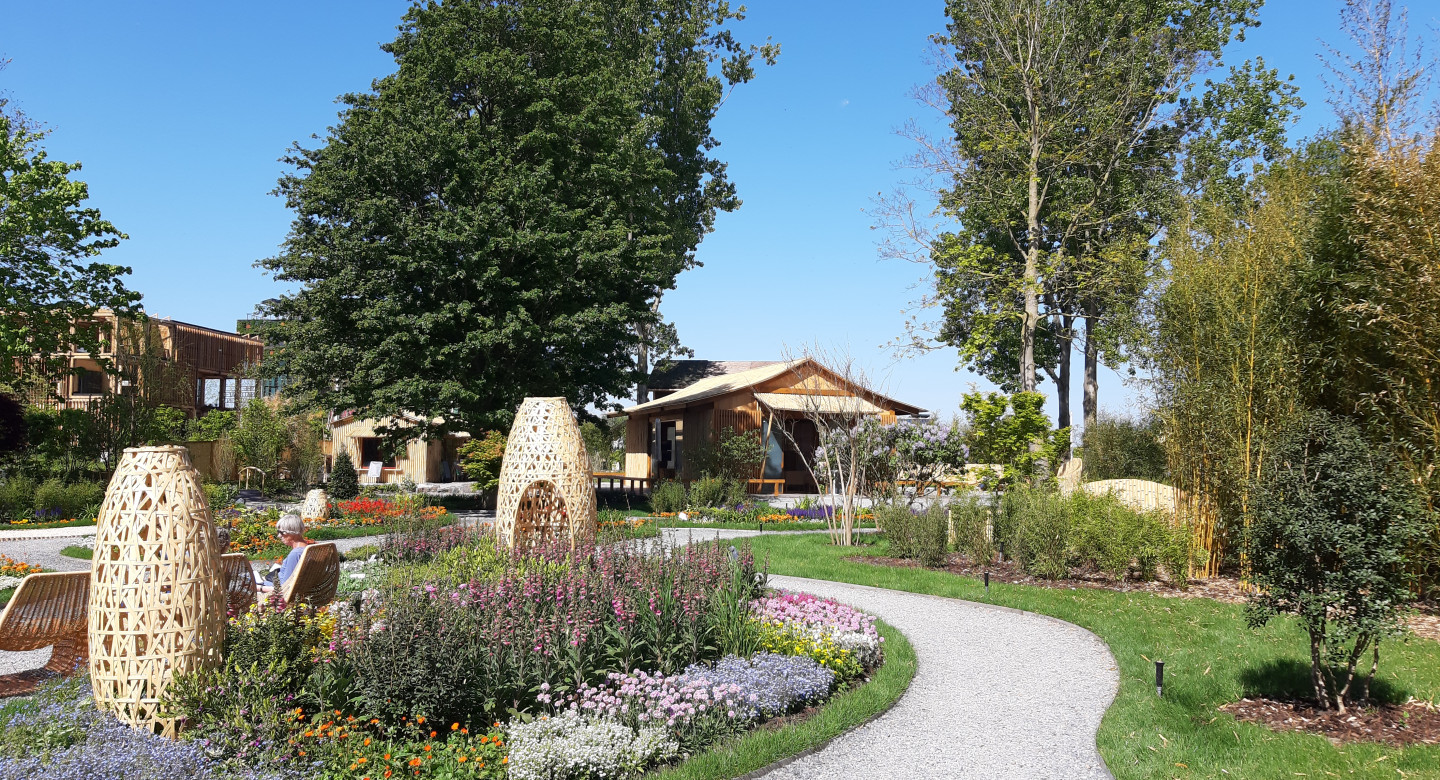

Growing Green Cities
In dealing with the hustle and bustle of city life, green spaces offer people a place to recover physically and mentally, and connect with nature. But, finding harmony in nature will be increasingly difficult if we do not change the way we see our cities. World population is expected to reach 9 billion people by 2050, 70% of which will live in cities. With the demand for new housing and urbanisation crossing into nature’s playground, green spaces are slowly disappearing. Yet, these green spaces are vital for climate resilience and contribute to a better quality of life.
Green cities are essential to achieving a climate-proof and sustainable environment. Greener cities reduce air and noise pollution, ensure water storage, and contribute to cooling during warmer periods. On sunny days, bitumen roofs can reach 70 degrees for example, while a good green roof barely gets above 30 degrees. Greener cities are also happier cities, where residents feel better both mentally and physically. Dutch research indicates that children from green neighbourhoods suffer 15% less from obesity, while better quality greenery significantly reduces GP visits and the use of medication. Studies also show that real estate values benefit from the proximity of water, parks and public gardens.
For all these reasons, the Netherlands is strongly committed to creating sustainable and future-proof cities at home and abroad. A city in which green is not just perceived as a pretty expense, but as a means to future-proof our cities.
Greener cities are happier cities
Moving towards functional green
Greening a city is so much more than just planting trees and flowers, but often the functional qualities of greenery are overlooked. To unlock the full potential of green spaces, we need to take an integrated approach and take into account local circumstances.
The Netherlands aims at creating long-term solutions, as well as defining ways to maintain them. Together, we facilitate businesses across the globe to ensure green solutions can survive the harsh environment to come. In the Netherlands, horticulture companies are already shifting towards new plant materials that are capable of withstanding harsher climate conditions. For example, by creating crops and plants that can grow year round despite weather changes. This applies equally to policy, where tenders are becoming increasingly more functional with a future-oriented mission.
Greening a city is more than just planting trees and flowers
Turning knowledge into practice
The Netherlands works hard to turn experience and knowledge into practice. In Almere, we do this by creating green walls as seen in Aeres Hogeschool. The wall functions as a cooling agent and supports species variety. In Groningen, the Kempkensberg garden does not only function as a green outdoor space, but also as an important ecological link between city and countryside. In Eindhoven, buildings like the Trudo Tower, with 135 trees and more than 9000 plants, use greening actions to cool the outside of the building, balance energy consumption, increase residents’ quality of life and reduce noise pollution.
Further afield, we also share our knowledge with governments, research institutes and private companies around the world to create more sustainable urbanised areas. In Zárate (Argentina), the Netherlands worked with local partners to co-develop a future-proof delta, in which water and wetlands are used for local benefit and where nature and urban areas coexist in perfect harmony. In Serbia and Romania, clusters of Dutch companies connected with local parties to create greener and smarter cities. In Romania, they contributed to the new Gardens of the Senate at the Palace of Parliament. In Serbia, the cluster added green roofs to the Belgrade Palace.





